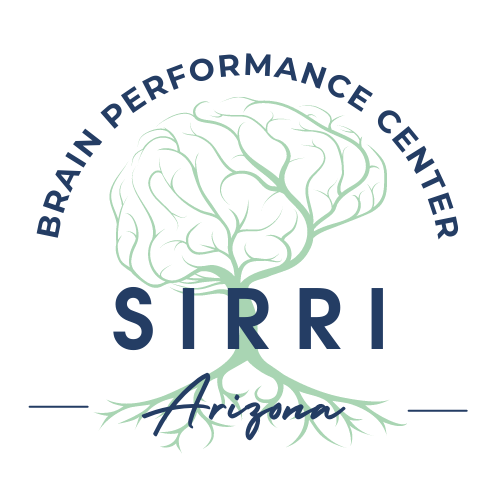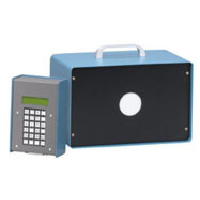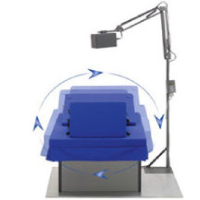Designed for individual participation, the Sensory Learning Program uses Enhanced Natural Sensory Stimulation consisting of an integrated, computer-controlled progression that stimulates a highly focused interplay between the participant’s ocular, auditory and vestibular sensory systems. This program retrains Emergent Faculties by stimulating the three main sensory systems to learn or relearn subconscious reception, processing and integration faculties. There are many important considerations that support combining multiple sensory stimulations into an integrated approach:
Developmental Dynamics: The sensory stimulation present in the Sensory Learning Program is the same nurturing stimulation present in the womb.
Fully Engaging: The participant is fully engaged and can not tune out the experience as is sometimes possible when a sensory stimulation is given stand-alone.
A More Gentle Experience: When multiple sensory stimulations are combined as in the Sensory Learning Program, the participant’s experience is actually more gentle. The participant finds this approach less overwhelming than their experience with a stand-alone stimulation when that approach is in an impaired area.
Supports the Deficited System: The combined ocular, auditory, vestibular sensory experience allows re-education of the participant’s deficited sensory system in a more relaxed manner because their stronger sensory systems are also engaged.
Accelerating Sensory Integration: Sensory Integration is about re-educating the brainstem area to integrate sensory messages. When Enhanced Natural Sensory Stimulation is used to stimulate the brainstem area with integrated sensory input, Sensory Integration is enhanced in a positive and accelerated manner.
Noncognitive Learning Experience: Because the Sensory Learning Program is a noncognitive remedial learning experience, the participant does not have to think or engage conscious cognitive processes. This fact alone makes it possible to offer it to children as young as 2 1/2 years and to populations that may have difficulty participating in learning activities requiring cognitive processes.
Benefits: The benefits of sensory stimulation emerge more quickly and consistently when the modalities are delivered as simultaneous multiple sensory stimulations in an enhanced integrated approach.




